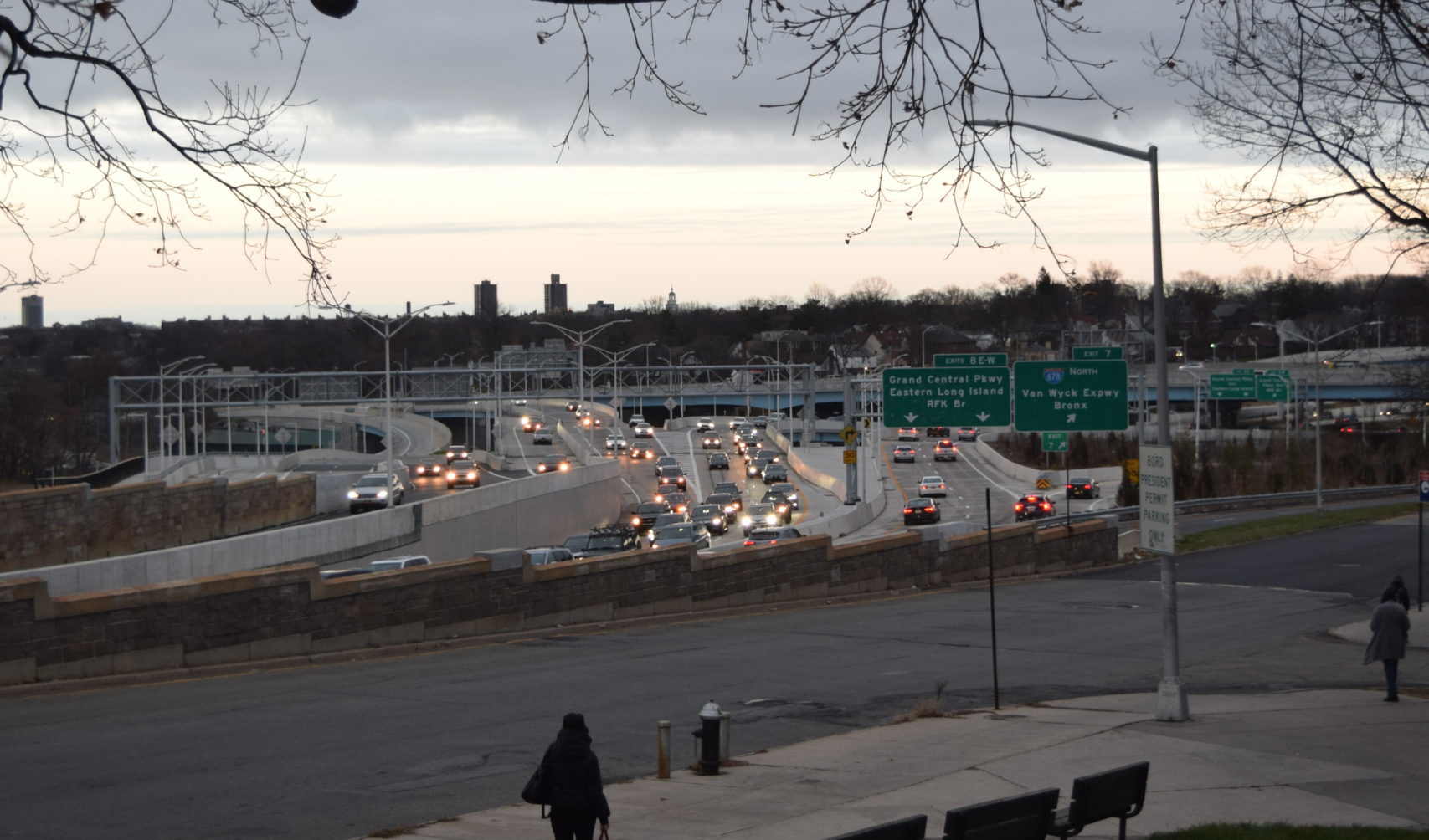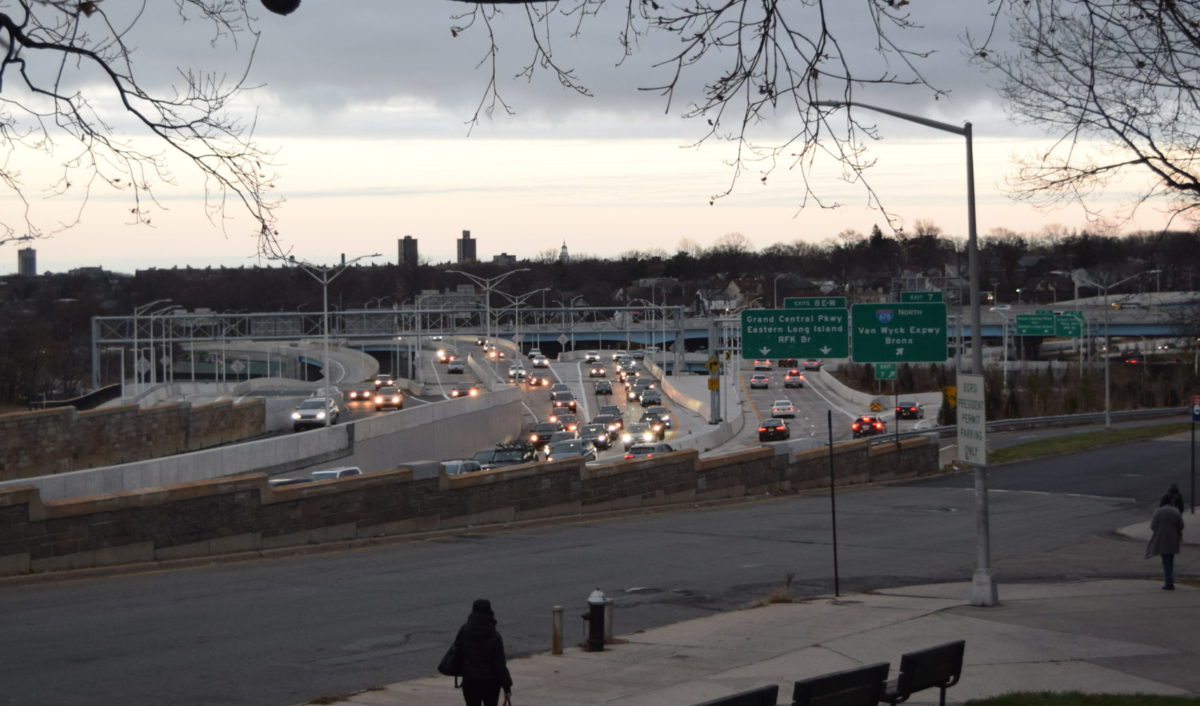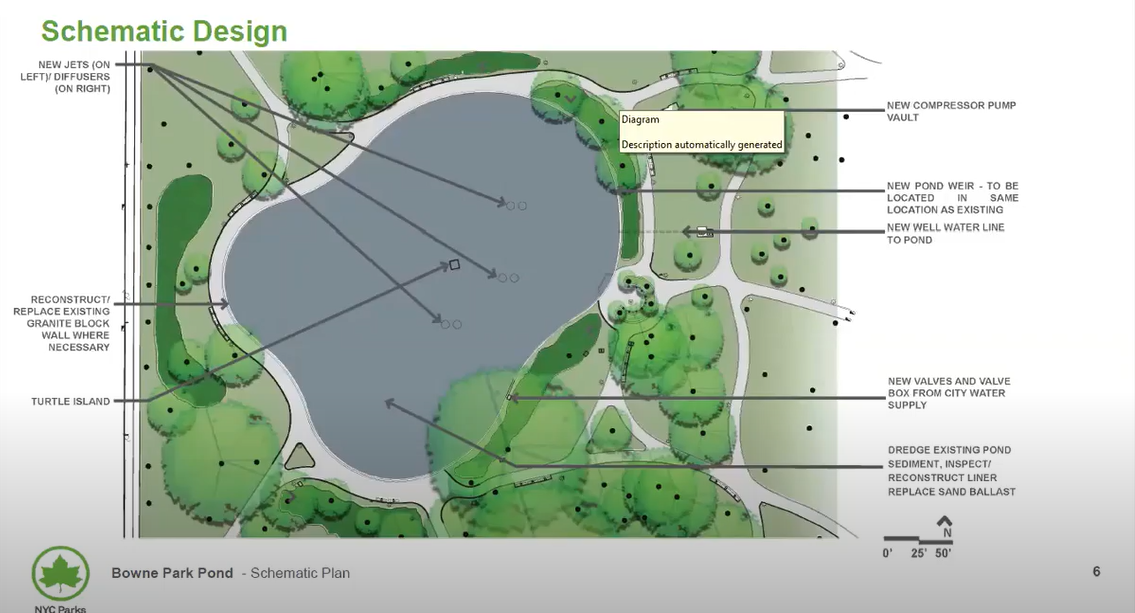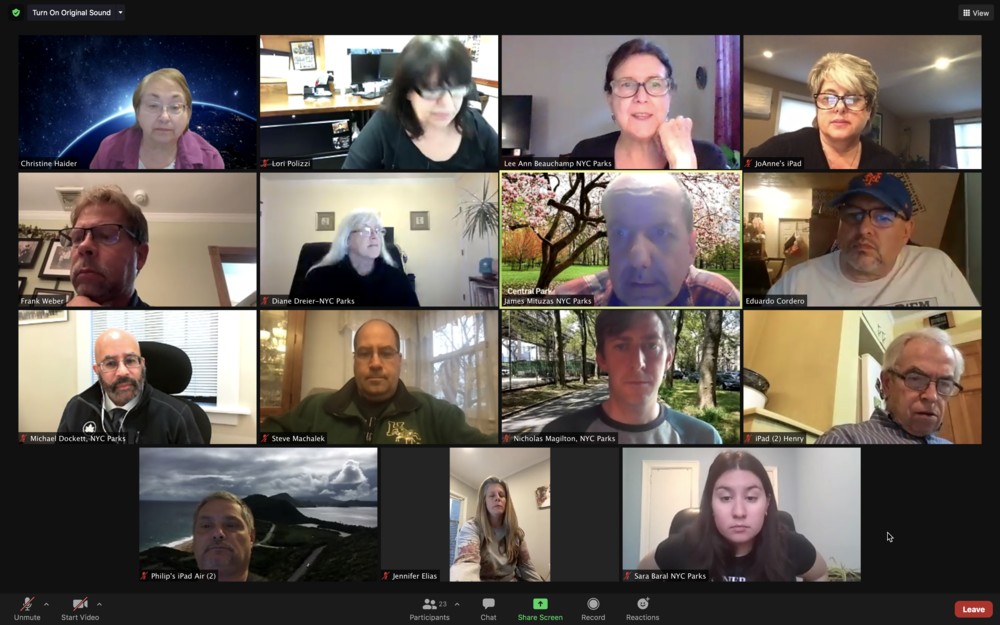Massive $739M Kew Gardens Interchange project completed
By Jessica Meditz
jmeditz@queensledger.com

12 years, four phases and $739M later, the massive Kew Gardens Interchange project is complete.
After what feels like forever for many Queens residents, the $739 million Kew Gardens Interchange reconstruction project is finally complete, Gov. Kathy Hochul announced last week.
The extensive project, which took 12 years and four phases to reach completion, seeks to improve and modernize dated infrastructure and adapt to the needs of the nearly 600,000 vehicles the interchange serves each day.
The Kew Gardens Interchange is the complex intersection of the Grand Central Parkway, the Van Wyck Expressway, the Jackie Robinson Parkway and Union Turnpike. Its massive makeover allows for faster travel, safer merging and exiting and more reliable connections for travelers to get to JFK Airport and other prime destinations, according to Hochul’s announcement.
“The transformation of this vital interchange near one of New York’s major airports is the latest accomplishment in our efforts to modernize the state’s transportation network,” Hochul said in a statement. “The complete overhaul of Kew Gardens Interchange will provide a safer, less congested network of roads — improving the travel experience for nearly 600,000 daily motorists, enhancing quality of life and boosting the regional economy for decades to come.”
Following the announcement of its groundbreaking in 2010, the construction of the Kew Gardens Interchange was split into four phases — the most recent replacing the deteriorated two-lane Van Wyck Expressway southbound viaduct over the Grand Central Parkway with a continuous three-lane viaduct, and constructed new exits to the westbound Union Turnpike and the Jackie Robinson Parkway. Additionally, the three lanes from the Van Wyck now merge with two lanes from the Grand Central over a longer distance.
The final phase cost $366 million and was funded by the state.
In total, the entire project includes 22 new bridges, three rehabilitated bridges, wider travel lanes, new lane configurations, updated signage, upgraded stormwater drainage and a new dedicated shared use path for pedestrians and bicyclists.
Some locals who use the Kew Gardens Interchange on a regular basis could not be happier to see it completed, including TikToker Mike Schulte, a Rego Park native and Glendale resident.
In December 2020, Schulte posted a video to his TikTok page, @itsyaboymikeofficial, with clips that showed portions of the Kew Gardens Interchange under construction, along with heavily trafficked roads.
Relating to the shared experience of many New Yorkers in a humorous way, Schulte went on to add captions to his video such as “Is this just in NYC?” and “Do you have roads that have…been under construction your whole life?”
Schulte reminisced on how far the project has come since his video, and applauded all of the workers who made the finished product possible.
“Frankly, it’s really nice to see it finally finished…and still a bit shocking that you can now drive through that area without traffic sometimes,” he said. “As a lifelong New Yorker who’s dealt with his fair share of traffic, it’s refreshing to see a project finally finished and working in the way it was intended.”
Other residents feel differently about the outcome.
Kenichi Wilson, an Ozone Park resident, first vice chair of Queens Community Board 9 and a former chairman of its Transportation Committee, said he feels the new additions don’t adequately address the needs of motorists and that its layout is confusing.
“There’s still some ways that you can’t get off…for example, you can’t go from the Van Wyck to the Grand Central eastbound, which is very confusing, and I don’t know why that was never in the plans,” Wilson said.
He feels that the Interchange is not a driver-friendly route, and actually discourages his daughter, who’s a new driver, from using it out of fear that she’ll get sideswiped or pushed into a wall.
“The Jackie Robinson opens up into that interchange…it’s still a squeeze, a hard right or hard left, that people are sideswiping the wall. Out of all that, couldn’t they improve that? People fear that section right before the interchange because they’re afraid that someone’s gonna sideswipe them or push them into the wall,” he said. “A lot of people in the neighborhood are not happy and they figured, ‘you’re completing it this time, why didn’t you think of the modern problems nowadays?’ It will definitely take some getting used to.”
Construction and revamping were never strangers to the Interchange, as it was built in the 1930s and expanded in the 1960s.






